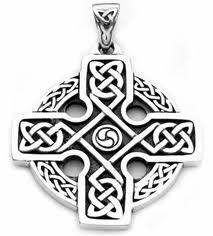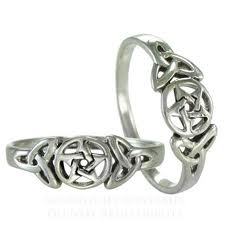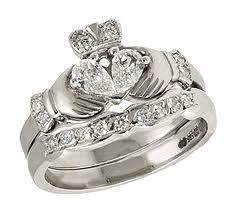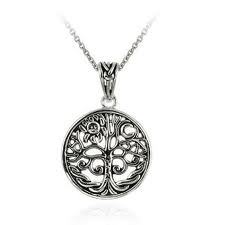Unravelling the Mystic Charm By the 6th century AD, Celtic languages stopped being widely used in the continental Europe and was restricted to Ireland, parts of Great Britain (Wales, Scotland, Cornwall and the Isle of Man), and northern France (Brittany). In the 18th and 19th century, Ireland and parts of Great Britain experienced Celtic Revival as a form of ethnic nationalism. Today, the focus of the Celticity movement is on preserving the surviving Celtic languages and culture. | 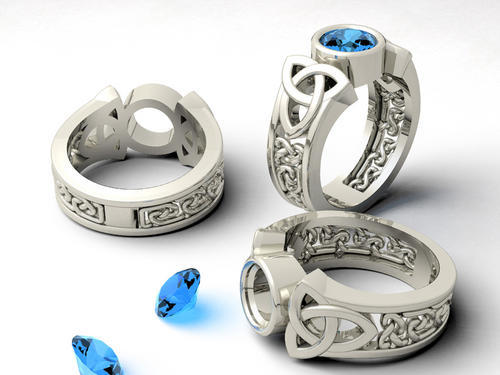 |
| Understanding Celtic Jewellery Celtic craftsmen, skilled in making silver and gold jewellery, created timeless designs whose beauty holds great appeal even today. People who buy Celtic-style jewellery are inevitably intrigued by distinctive motifs like the Celtic cross, hand and heart symbols and intricate knotwork. The Celts were earth worshippers whose craftsmen drew inspiration from nature and enshrined their beliefs and aspirations in symbolic designs. The Celtic Knotwork The ubiquitous Celtic knot represents the interconnectedness of all life. It also symbolizes natural life cycles and everlasting love. To gift jewellery with Celtic knotwork is to express deep friendship or love. Celtic knots, with their fine braidwork, require formidable craftsmanship and are featured in a variety of jewellery like pendants, bracelets and rings. | |
The Celtic Cross The Celtic Cross represents a bridge or path between earth and heaven. At its centre is a ring, symbolic perhaps of the sun or the oneness of nature. The four arms are thought to be the elements of earth, air, fire and water, or perhaps the four cardinal directions. The Celtic Cross was later co-opted into Christianity, with the central ring symbolizing Christ's everlasting love. The Triquetra, or Trinity Knot commonly displayed on the cross is Celtic in origin, but later came to be associated with the Holy Trinity of Christianity. The Celtic Torques The Celtic torque is a ring of twisted metal bands worn in ancient times as an ornament around the neck, arms, waist and across the chest. Celtic gods were depicted wearing elaborate gold torques. Believing them to be protective talismans, Celtic warriors would wear torques, and nothing else, to battle! Scholars surmise that torques symbolized social status, strength and nobility. Contemporary Celtic jewellery incorporates ancient torque designs into wearable items like bracelets. The Celtic Pentacle The pentacle or five-pointed star is another popular motif seen in Celtic jewellery. Pentacles were associated with paganism and frowned upon by orthodox Christianity. To the Celts, however, the pentacle simply represented life's five stages, birth, childhood, adulthood, old age and death. The Celtic Claddagh Rings Claddagh rings depict a crown and two hands clasping a heart, symbolizing loyalty, friendship and love. Claddagh rings make popular gifts as tokens of close friendship. A ring worn on the right hand, with the crown pointing to the base of the finger indicates that the wearer is not in a committed relationship. A Claddagh ring on the left hand indicates that its owner is married. | |
| The symbolism of Celtic jewellery speaks a universal language. That, coupled with the tradition of fine craftsmanship, ensures its enduring popularity. | |
